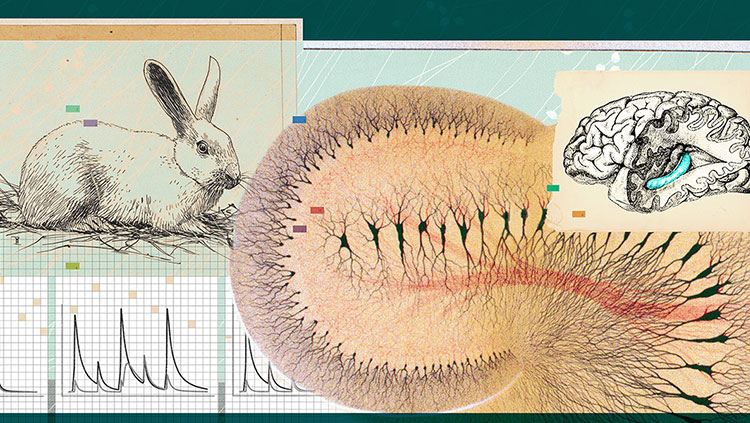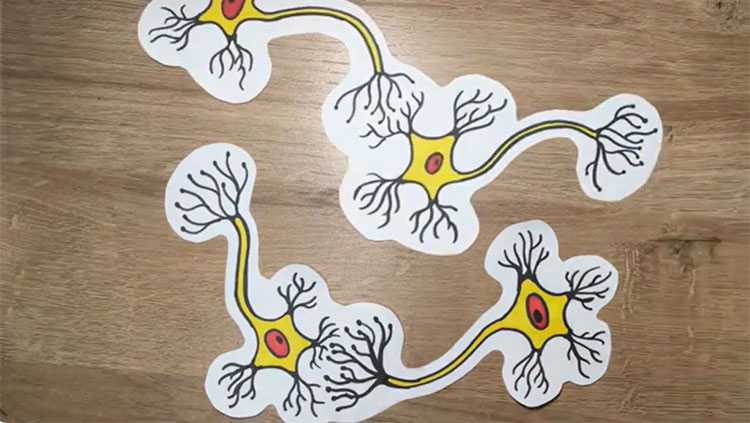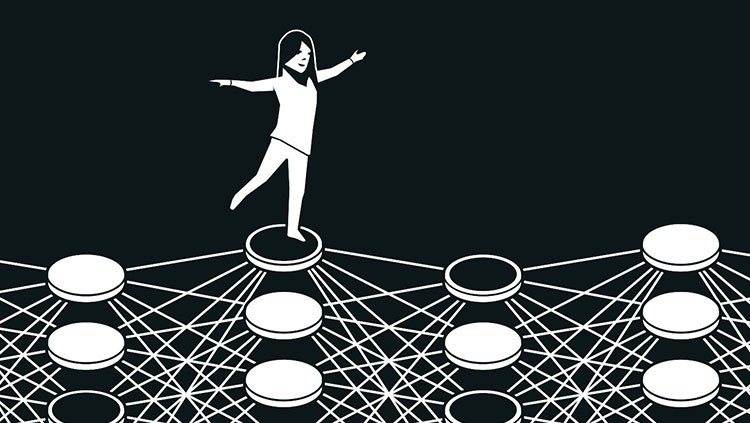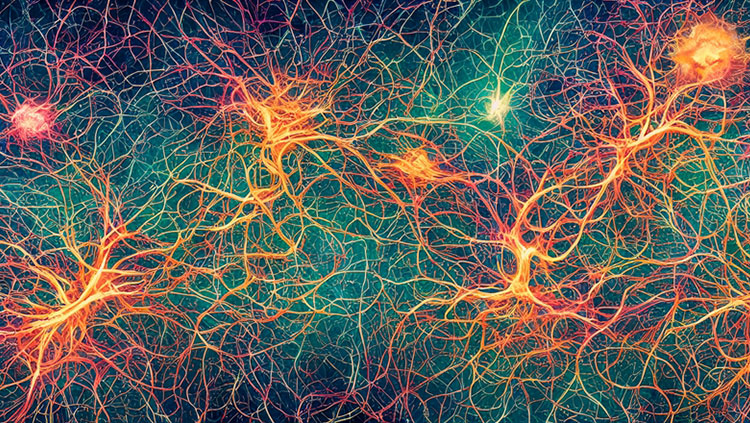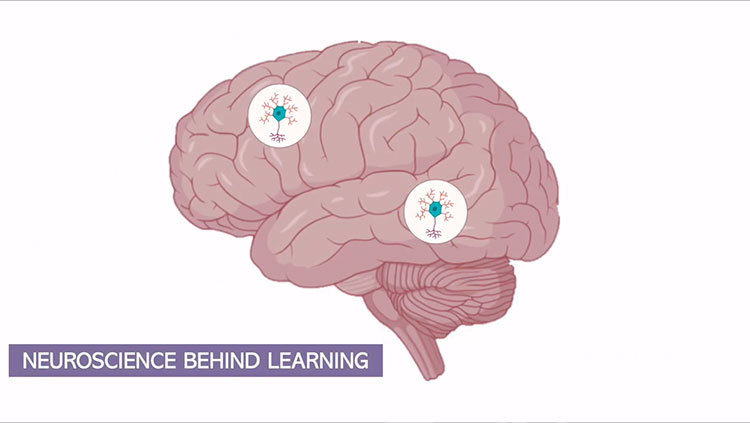The Short Answer: What is a Synapse?
- Published7 Aug 2019
- Source BrainFacts/SfN
There’s a lot that happens between neurons. Neuroscientist John Morrison explains what happens in the space that neurons learn.
CONTENT PROVIDED BY
BrainFacts/SfN
Transcript
John Morrison: I’m John Morrison. I’m at U.C. Davis, where I’m professor of neurology and director of the California National Primate Research Center.
Screen Text: What is a synapse?
John Morrison: A synapse is the point of communication between two neurons. Now that’s the simplest notion of a synapse really because if you take for instance one of the major cells in the cerebral cortex, the pyramidal cell, it will receive 10,000 synapses if not more. And each one contributes something to whether or not that neuron will fire. In other words, fire and then activate the neurons that it synapses on and whether or not that neuron will learn because we now know that learning involves changing the synapses.
Screen Text: How do synapses change?
John Morrison: They can change structurally, and they can change on a molecular level. When you learn something, the proteins that make up the receptors that receive the input from the synapse are actually altered and they literally come in and out of the synapse and change the strength of that synapse. So, the synapse is actually incredibly complicated with thousands of different types of proteins present in it.
What to Read Next
Also In Learning & Memory
Trending
Popular articles on BrainFacts.org




